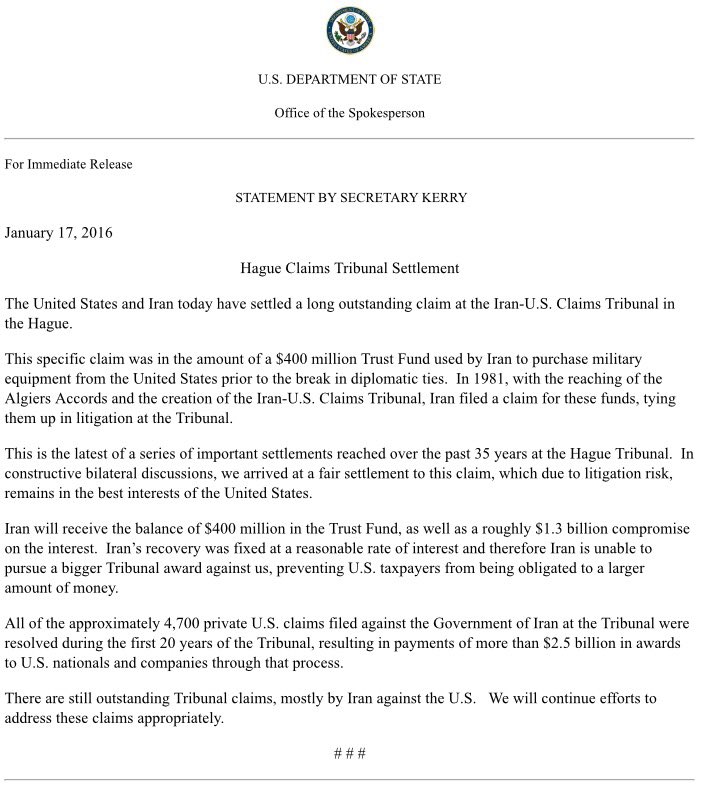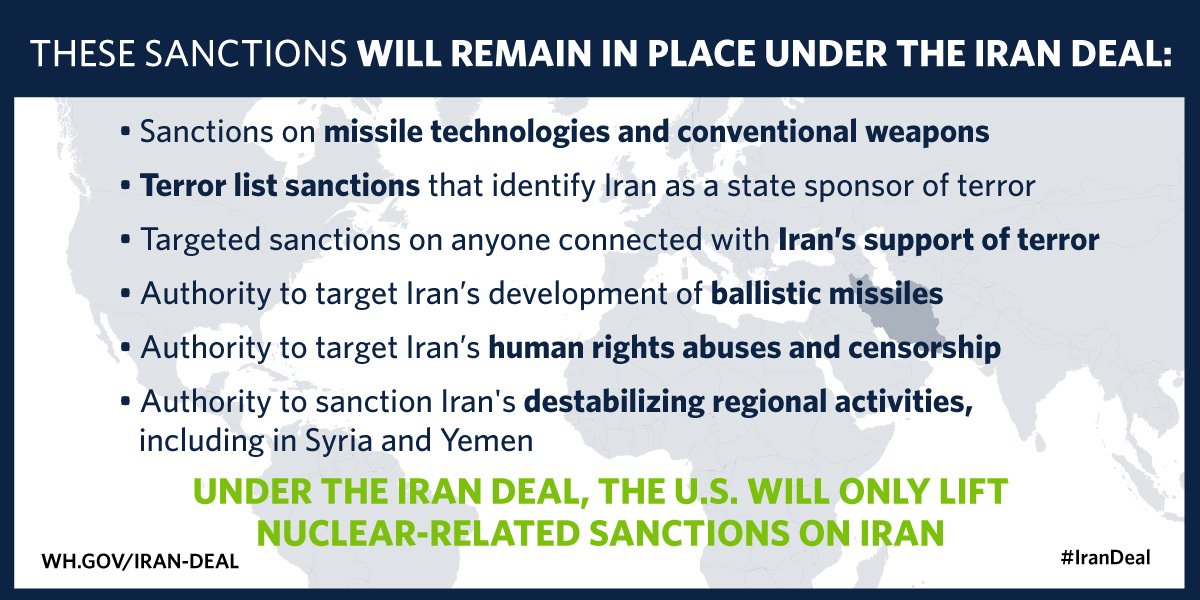Humm, was Hillary ever in a SCIF?
(Sensitive Compartmented Information Facility)
The smoking gun?
TheHill: Special Access Programs (SAP) is a game changer. It is now undeniably clear that the results of the FBI investigation will be the end of one of two things: Hillary’s bid for the White House or the legitimacy of the FBI—at least when it comes to prosecuting cases on the mishandling of classified material.
In 2006, a Special Forces Operational Detachment Alpha (ODA) from my company was deployed to Afghanistan. Theirs was a particular mission that differed from the combat missions the typical ODAs were conducting at that time. Everyone on that team maintained a Top Secret Sensitive and Compartmented Information (TS/SCI) clearance and was “read-on” to their special program. A few months into their deployment, their Intelligence Sergeant lost a thumb-drive that possessed classified information. A week later the thumb drive was found for sale at a local bazaar.
In response to the events, Col. Ken Allard (ret.) stated, “You’ve got a situation in which the U.S. is going to be forced to change an awful lot of its operational techniques.”
Beyond the compromise of classified information, a lot did change. New protocols for the handling of classified material were established, and the transportation of classified material on thumb drives was strictly forbidden. The knee jerk reaction even went as far as to disable USB ports on our work computers—in case we forgot.
Since then I’ve deployed to several locations where, at times, we operated in small teams with only non-secure cellphones with which to communicate. We often found ourselves with a lot of information that needed to be sent up in reports, but due to the nature of our mission we were forced to sit on it for a few days until we were able to type it up and send it through a secure medium. I’d be lying if I said we didn’t concoct elaborate plans with “foolproof” ways to communicate the information over non-secure channels, but in the end, no one was willing to take the risk of our “fail-safes” failing.
As more information from Hillary Clinton’s server has been made available, it is clear that the contents of the server contained Imagery Intelligence (IMINT), Human Intelligence (HUMINT), and Signal Intelligence (SIGINT). Understanding that much of the information has been retroactively classified, there are a few facts that are tough to grasp—at least from the perspective of an intelligence practitioner.
First, when imagery that is classified SECRET//NOFORN (no foreign national) is viewed, regardless of the absence of classification markings, it is distinctly evident. Second, any documents that contain or reference HUMINT is always classified SECRET, and if specific names of sources or handlers are mentioned, they are at a minimum SECRET//NOFORN. Third, SIGINT is always classified at the TS level. It’s not uncommon for some SI to be downgraded and shared over SECRET mediums, however, it is highly unlikely that a Secretary of State would receive downgraded intelligence. Finally, SAP intelligence has been discovered on Clinton’s private server, and many are now calling this the smoking gun. SAP is a specialized management system of additional security controls designed to protect SAR or Special Access Required. SAR has to do with extremely perishable operational methods and capabilities, and only selected individuals who are “read on” or “indoctrinated” are permitted access to these programs. The mishandling of SAP can cause catastrophic damage to current collection methods, techniques and personnel.
In other words, if you have worked with classified material for more than a day, it seems highly implausible that someone could receive any of the aforementioned over an un-secure medium without alarm bells sounding. However, reading about a Special Access Program on an unclassified device would make anyone even remotely familiar with intelligence mess their pantsuit.
With more damming information being released almost weekly now, it’s interesting that during last Sunday’s Democratic debate, Clinton resoundingly stated: “No one is too big for jail.”Although the context was referencing bank CEOs and Hedge fund managers, the obvious correlation left many scratching their heads and wondering—did Hillary Clinton just say, “I dare you” to the FBI?”
DeChristopher is a 9-year veteran of the United States Army Special Forces. He holds an M.A. in Strategic Security Studies from National Defense University’s College of International Security Affairs with a concentration in Irregular Warfare. He currently works as an Independent Intelligence Consultant.
***
The State Department Inspector General who investigated the Hillary server, had security clearance but to complete the assignment to investigate deeper the issues and data on the server, he had to go through and additional process to get the highest security clearance. It must also be mentioned that some top intelligence community professionals are now part of the investigation and they are in fact stationed to do nothing but investigate the actual communications and determine what was, should have been classified even though ‘some’ communications had designations removed.
****
FNC: Some of Hillary Clinton’s emails on her private server contained information so secret that senior lawmakers who oversee the State Department cannot read them without fulfilling additional security requirements, Fox News has learned.
The emails in question, as Fox News first reported earlier this week, contained intelligence classified at a level beyond “top secret.” Because of this designation, not all the lawmakers on key committees reviewing the case have high enough clearances.
A source with knowledge of the intelligence review told Fox News that senior members of the Senate Foreign Relations Committee, despite having high-level clearances, are among those not authorized to read the intelligence from so-called “special access programs” without taking additional security steps — like signing new non-disclosure agreements.
These programs are highly restricted to protect intelligence community sources and methods.
As Fox News previously reported, a Jan. 14 letter from Intelligence Community Inspector General I. Charles McCullough III to senior lawmakers said an intelligence review identified “several dozen” additional classified emails — including specific intelligence from “special access programs” (SAP).
That indicates a level of classification beyond even “top secret,” the label previously given to two emails found on her server, and brings even more scrutiny to the Democratic presidential candidate’s handling of the government’s closely held secrets.
Fox News is told that the reviewers who handled the SAP intelligence identified in Clinton’s emails had to sign additional non-disclosure agreements even though they already have the highest level of clearance — known as TS/SCI or Top Secret/Sensitive Compartmented information. This detail was first reported by NBC News.
This alone seems to undercut the former secretary of state’s and other officials’ claims that the material is “innocuous.”
In an interview with NPR, Clinton claimed the latest IG finding doesn’t change anything and suggested it was politically motivated.
“This seems to me to be, you know, another effort to inject this into the campaign, it’s another leak,” she said. “I’m just going to leave it up to the professionals at the Justice Department because nothing that this says changes the fact that I never sent or received material marked classified.”
Despite Clinton’s claims, it is the content that is classified; the markings on the documents do not affect that.
A former Justice Department official said there is another problem — warnings from State Department IT employees and others that she should be using a government account.
“If you have a situation where someone was knowingly violating the law and that they knew that what they were doing was prohibited by federal law because other people were saying, you’re violating the law, knock it off, and they disregarded that advice and they went ahead, that’s a very difficult case to defend,” Thomas Dupree said.







